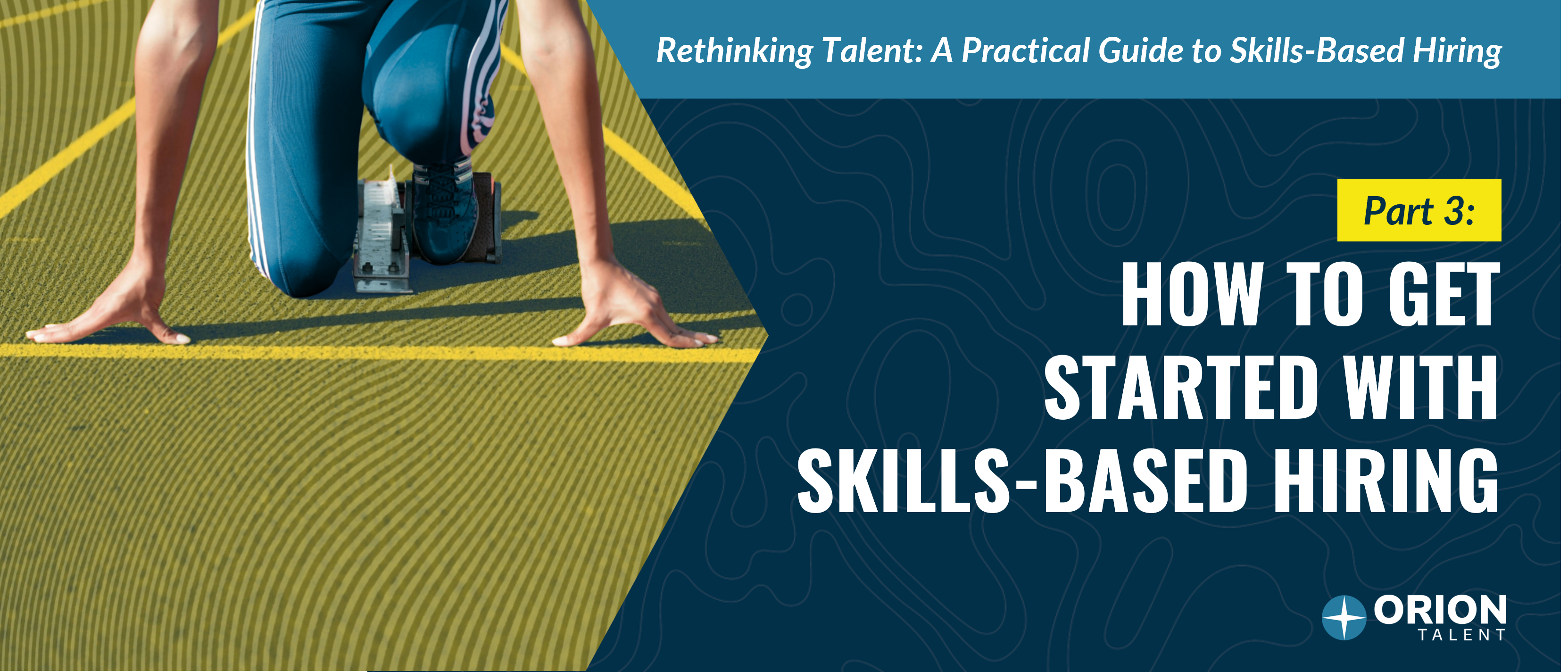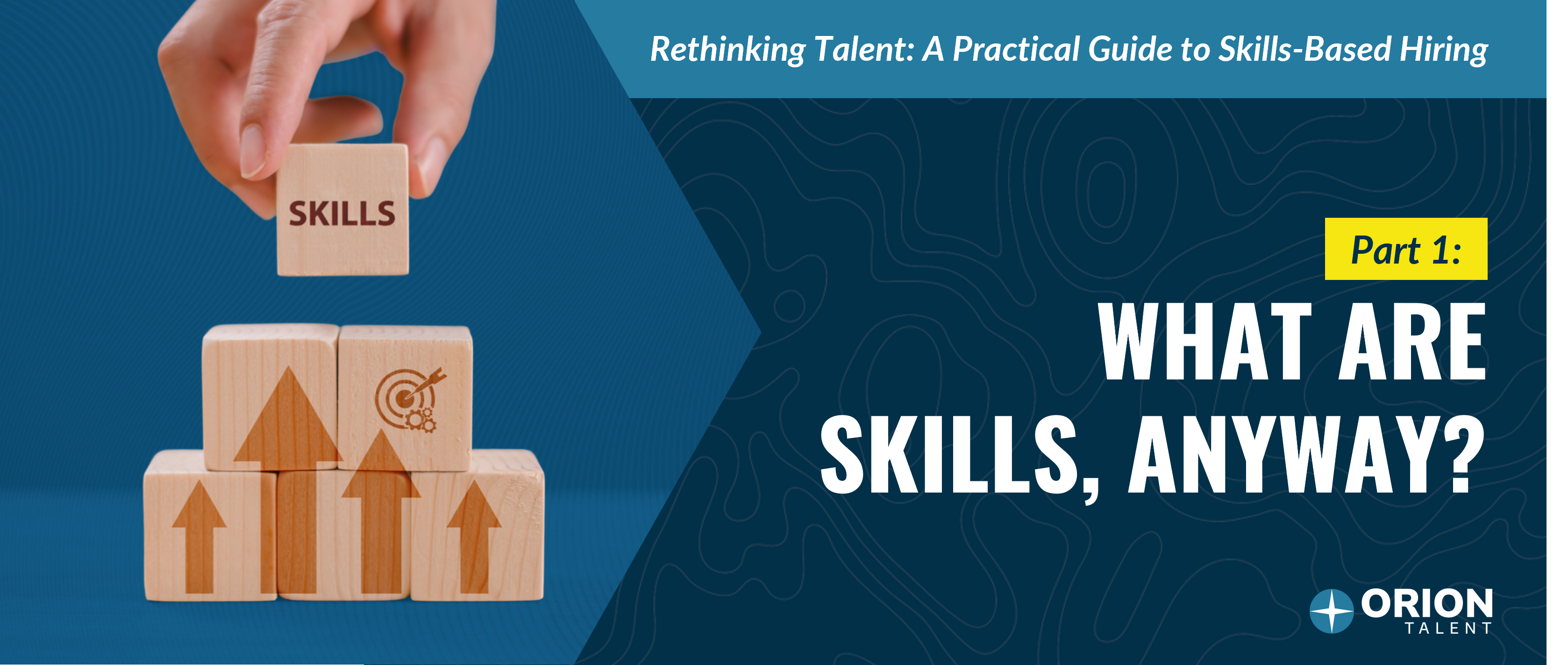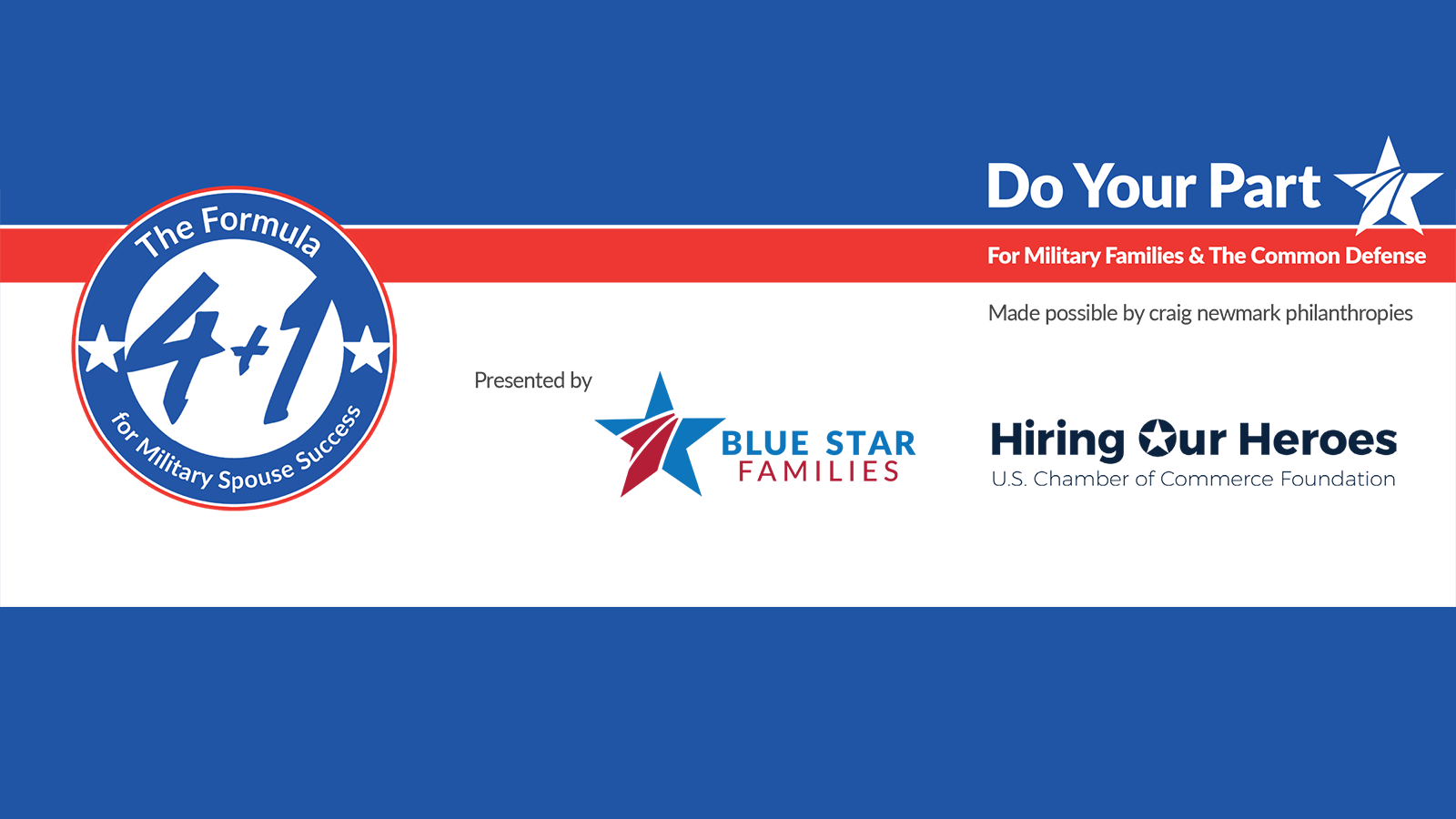.jpg)
With 5 million more jobs than unemployed people in the United States, employers are starving for workers. Yet many job-seekers still struggle to find employment. Why? Automated Resume Screening Software may be the reason many resumes never make it in front of a recruiter or hiring manager. In fact, ¾ of resumes don’t make it past the gatekeeper. What can be done about this?
What is Automated Resume Screening Software?
Why are some candidates selected by recruiters while others are not? It comes down to an ATS, or Applicant Tracking System. Recruiters often look through hundreds of applicants and an ATS allows them to filter for specific skills (keywords) a company is looking for. Including these job description keywords in your resume greatly increases the chances your resume will make it through the ATS.
Why Companies Use Software to Screen Resumes?
While not all companies use an ATS, more than 95% Fortune 500 companies do so to streamline the recruiting process. An increasing number of small and medium businesses are following their lead.
There are hundreds of different ATS programs on the market used to collect, organize, search, and communicate with large volumes of applicants. They’re designed to make life easier for recruiters and hiring managers, automatically scanning resumes for the best match while disqualifying those that do not meet set criteria.
Most jobs get very high volumes of applicants, many of whom are unqualified for the position. A good ATS system screens out these resumes, saving recruiters and hiring managers time and effort and allowing them to focus only on the best-qualified applicants.
How Does Automated Resume Screening Software Work?
In order to make it past the ATS, you’ll need to understand how automated resume screening software works. While each ATS may be slightly different, they all share some common features.
First, software for resume screening eliminates candidates who don’t meet minimum qualifications. Often called knockout questions, screening questions, or pre-interview questions, applicants will likely encounter them early in the application process. Candidates who don’t meet minimum qualifications, are unable or unwilling to accomplish certain job functions, or meet other red-flag criteria will be auto-rejected without their resume ever being seen by a hiring manager.
Next, an ATS will screen out candidates who don’t meet preferred qualifications. The software scans for keywords listed in the required and preferred qualifications section of the job posting.
Finally, applicant tracking systems shortlist candidates based on this screening. Candidates who match job requirements are sorted, scanned, and ranked. Recruiters or hiring managers are provided with a list of candidates who best match desired qualifications and can now move on to the interview process.
How to Beat Automated Resume Screening Software: 9 Tips for Making Sure Your Resume Gets Seen
There’s no need to fear the gatekeeper. All you need to do is understand how an ATS works and make sure you’re optimizing your resume for the best chance of success. Here are some tips for how to get through resume screening without being screened out:
Use keywords, based on what terms the job post uses. Keywords are key.
Employers set specific keywords that the ATS will search for and resumes that don’t contain these keywords will be rejected. Check out the required and preferred qualifications listed in the job posting and make sure to include the same keywords in your resume if you can.
Use relevant keywords multiple times.
Use keywords both in your skills summary or key qualifications, as well as in the education and experience sections of your resume. Some ATS systems determine the strength of your skills depending on how many times the skill is mentioned in your resume. While it may sound repetitive, don’t shy away from listing keyword qualifications wherever they’re applicable. Avoid overstuffing though. If you add so many keywords that it becomes hard to read or comprehend, your resume will not impress the hiring manager. Balance is key.
If it's relevant to you, you may also want to consider finding and including DEI resume keywords.
Use bullet points.
Describe your experiences and accomplishments in a short, straightforward manner. Use standard bullets, not check marks or other symbols.
Make sure your resume is in a readable file format
Beautifully designed resume formats may appeal to the eye, but they, unfortunately, do not work well with an ATS. Keep it simple and type your resume into a text format like Microsoft Word. A docx file is most compatible with ATS. Always follow the requested filetype and unless it specifically says it’s allowed, don’t send your resume as a PDF.
Avoid unique or unusual formatting.
Building off the previous point, unique or unusual formatting—including graphs, tables, charts, pictures, columns, or animations—don’t translate well with an ATS. They will be omitted or become scrambled when the software converts the document to a text-only file to scan for keywords. Graphics and fancy formatting should simply be avoided.
Avoid putting key information into a header or footer.
Some ATSprograms cannot read anything outside of the body of your resume, so make sure your name and contact information is listed in the body instead of a header or footer.
Adjust and customize your resume for each job you apply for, to ensure it has the right keywords in it.
Don’t send the same resume for every job. You need to carefully read the job posting, highlight keywords and pertinent information, and carefully use this to tailor your resume for this specific job. Your resume must match the qualifications this employer is asking for or your resume will not make it through the ATS and onto the hiring manager’s desk.
Include details about previous jobs that are specific and relevant.
If it directly applies to this position and proves your skills or years of experience, include it. If it’s really old or irrelevant, there is no need to take up space. Prioritize your most relevant skills and experience, highlighting them with valuable keywords.
Write out acronyms.
While universal business abbreviations, academic credentials, months, and states are safe to abbreviate, other words should be written out. Some ATS programs return only exact keyword match results, so including both the long-form and acronym counterpart may improve your chances this keyword will be recognized.
Next Steps
If you’ve submitted numerous job applications but haven’t heard back, it’s likely your resume needs to be refreshed with an ATS in mind. Include important keywords from the job posting, avoid unusual formatting, and keep it simple. The above tips should help you get your resume in front of a recruiter or hiring manager and lead to a call-back.
If you’re a transitioning service member, writing a professional resume may be a new experience for you. Visit How to Write a Military to Civilian Transition Resume for practical advice, examples, and useful resume templates.
Archives
- December 2025
- November 2025
- October 2025
- September 2025
- August 2025
- July 2025
- June 2025
- May 2025
- April 2025
- March 2025
- February 2025
- October 2024
- May 2024
- March 2024
- February 2024
- January 2024
- December 2023
- November 2023
- October 2023
- September 2023
- August 2023
- July 2023
- June 2023
- May 2023
- April 2023
- March 2023
- February 2023
- January 2023
- December 2022
- November 2022
- October 2022
- September 2022
- August 2022
- July 2022
- June 2022
- May 2022
- April 2022
- March 2022
- February 2022
- January 2022
- December 2021
- November 2021
- October 2021
- September 2021
- August 2021
- July 2021
- June 2021
- May 2021
- April 2021
- March 2021
- February 2021
- January 2021
- December 2020
- November 2020
- October 2020
- September 2020
- August 2020
- July 2020
- June 2020
- May 2020
- April 2020
- March 2020
- February 2020
- January 2020
- December 2019
- November 2019
- October 2019
- September 2019
- August 2019
- July 2019
- June 2019
- May 2019
- April 2019
- March 2019
- February 2019
- January 2019
- December 2018
- November 2018
- October 2018
- September 2018
- August 2018
- July 2018
- June 2018
- May 2018
- April 2018
- March 2018
- February 2018
- January 2018
- December 2017
- November 2017
- October 2017
- September 2017
- August 2017
- July 2017
- June 2017
- May 2017
- March 2017
- February 2017
- January 2017
 RSS Feed
RSS Feed




















